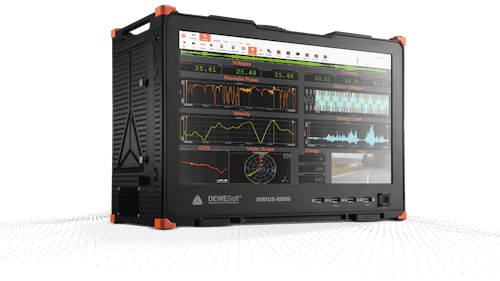
Electrical Power Analysis
High-precision electrical power measurement and analysis [AC⚡DC]
Dewesoft Power Quality Analyzers combine power, energy, scope and FFT measurement into a single portable instrument. High voltage CAT II AC/DC inputs measure up to ±1200 V at 0.03% accuracy. All current sensors are supported, and can be scaled and phase-corrected by the built-in sensor database. DAQ engines provide up to 15 MHz sample rate, handling the most demanding power measurement applications. Dewesoft analyzers measure power quality parameters according to IEC 61000-4-30 Class A. Multiple phases can be measured at the same time. Vivid, user-configurable displays including vectorscopes, scope, FFT and meters, allow you to see and analyze your data like never before.
Browse products

High-precision electrical power measurement and analysis [AC⚡DC]
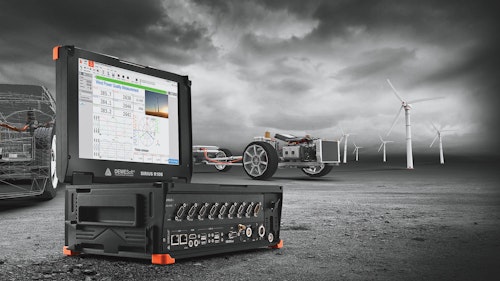
High-precision power quality measurement and analysis
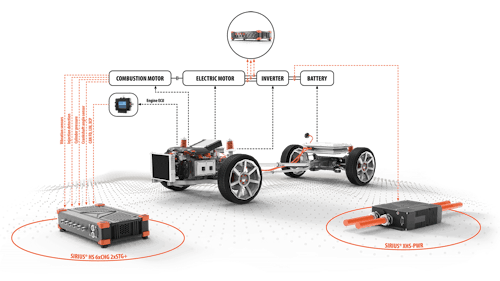
Complete testing solutions for electric and hybrid vehicles
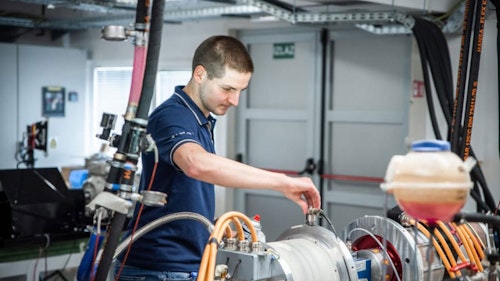
Power and efficiency testing of electric motor and inverter
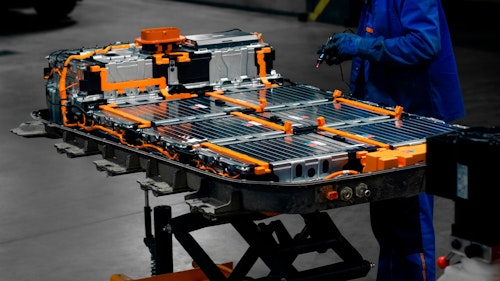
High-precision measurement and data analysis
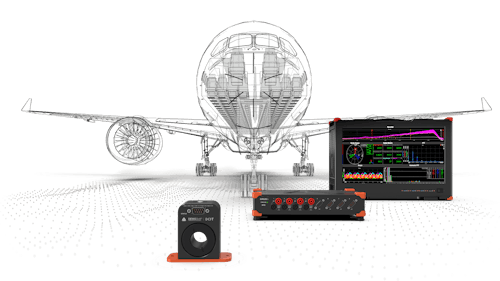
Scaling power analysis from component to complete micro grid
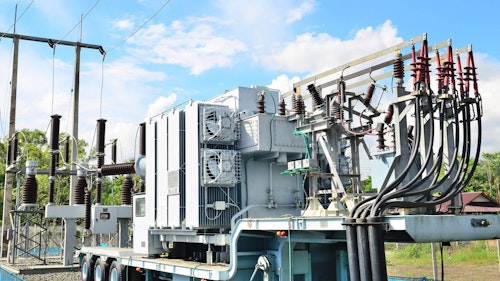
Testing solutions for power transformers

Testing electrical power and power quality on wind turbine generators
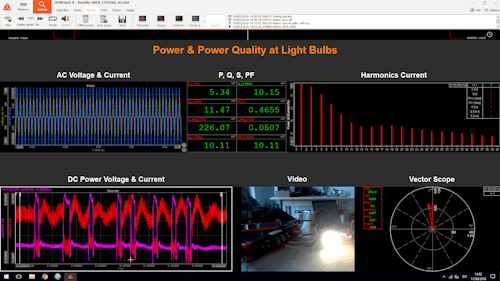
Complete power analysis and power quality testing solution

Wind, solar, and geothermal energy testing
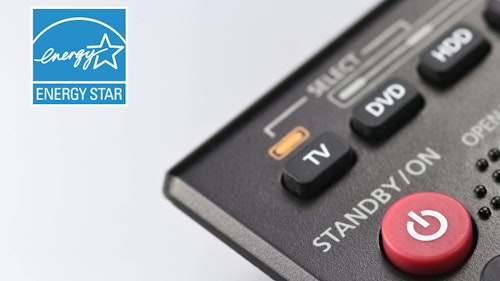
Power Consumption Testing on Electronic Devices
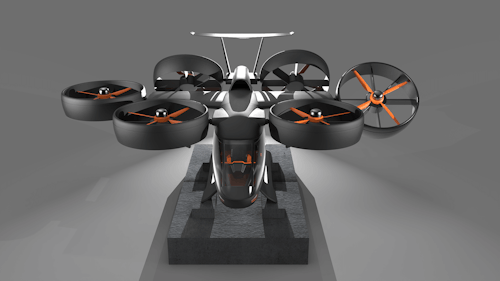
Structural, Electrical, NVH, and Flight Testing Solutions
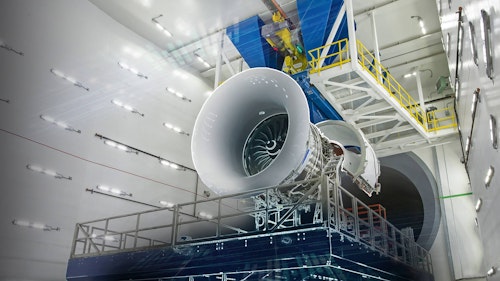
Instrumentation for complete testing of jet engines
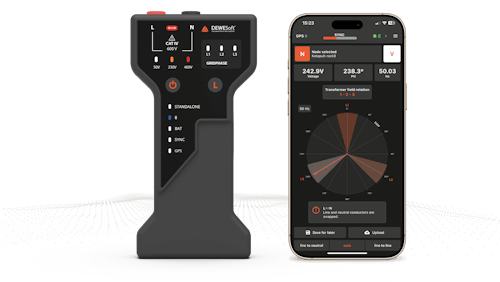
A Vector Voltmeter for Power Grids and Electricians
Electrical power is the rate at which electrical energy is transferred by an electric circuit. It is typically measured in watts (W), where one watt is equal to one joule of energy transferred per second. Electrical power can be calculated using the formula:
Power (P) = Voltage (V) * Current (I)
where:
Voltage (V) is the potential difference between two points in the circuit, measured in volts.
Current (I) is the flow of electric charge through the circuit, measured in amperes (amps).
Power quality refers to the characteristics of the electrical power supplied to a system that affect its performance. Good power quality ensures that electrical systems operate efficiently, reliably, and safely. Poor power quality can lead to equipment malfunction, reduced lifespan, and energy inefficiency. Key aspects of power quality measurement include Voltage Stability, Frequency Stability, Harmonics, Transient Surges, Voltage Sags and Swells, Interruptions, and Power Factor.
A power analyzer is an instrument used to measure and evaluate the electrical power characteristics of a system. It provides detailed insights into various aspects of power quality, energy consumption, and electrical performance. Power analyzers are essential tools for diagnosing, troubleshooting, and optimizing electrical systems. They are used in a wide range of applications, including industrial facilities, commercial buildings, utilities, and research labs.
Key functions and features of a power analyzer include:
Voltage and Current Measurement: Power analyzers measure the voltage and current in electrical circuits, providing accurate readings for both AC (alternating current) and DC (direct current) systems. Dewesoft power analyzer can measure direct voltage up to ±2000 V!
Power Measurement: They calculate real power (watts), apparent power (volt-amperes), and reactive power (volt-amperes reactive). This helps in understanding the actual power consumption and efficiency of electrical devices.
Power Factor: Power analyzers measure the power factor, which indicates the efficiency of power usage. A low power factor means more reactive power, leading to higher energy costs.
Harmonics Analysis: They detect and analyze harmonic distortions in the electrical system. Harmonics can cause equipment overheating, increased losses, and interference with other devices.
Energy Consumption: Power analyzers track and record energy consumption over time, providing data on kilowatt-hours (kWh) used. This is useful for energy management and cost allocation.
Transient Analysis: They capture and analyze transient events such as voltage spikes, sags, and swells, which can affect the performance and longevity of electrical equipment.
Data Logging and Monitoring: Many power analyzers have data logging capabilities, allowing continuous monitoring of electrical parameters over time. This data can be stored and analyzed to identify trends and issues.
Communication Interfaces: Advanced power analyzers often come with communication interfaces such as USB, Ethernet, or wireless connectivity, enabling remote monitoring and integration with other systems.
Dewesoft power analyzers deliver exceptional measurement accuracy of 0.03% across a wide bandwidth range of up to 5 MHz. This precision is maintained consistently throughout the entire measurement chain—from the current transducer to the final power calculation.
Whether performing end-of-line power tests or highly dynamic measurements on batteries, motors, or inverters, our solutions ensure reliable and accurate results.
Dewesoft power analyzers offer highly flexible configurations—from standard 3-phase to complex multi-phase setups—available in both single-box and distributed architectures.
Our power analyzers can effortlessly expand to include fully synchronized mechanical measurements such as torque, temperature, vibration, strain, and force. Additionally, a wide range of digital interfaces is supported, including CAN, CAN FD, XCP, Ethernet, video, GNSS, and more.
Dewesoft power analyzers enable easy and precise calculation of hundreds of power parameters, including harmonics, FFTs, energy consumption, and electric motor efficiency. Calculations can be performed in real time—even across multiple parallel power modules with different configurations. With NVIDIA CUDA support, processing can be offloaded to the GPU, ensuring smooth and efficient real-time performance. Additionally, all raw data is securely stored, allowing for complete offline recalculations without the need to repeat any tests.
Case Studies
The article explores load angle measurement in synchronous machines using an incremental encoder and DewesoftX software. Students at HTL BULME conduct lab exercises to analyze rotor position and phase shifts. Using Dewesoft SIRIUS devices, they gain hands-on experience in synchronization and machine behavior. Future work will expand calculations with the Dewesoft Motor Analysis plugin.
Case Studies
The article discusses EPC Power Corporation's collaboration with Dewesoft LLC to meet international certification standards for their utility-scale PV inverters. Facing complex global standards like ISO 9001:2015 and UL 1741, EPC Power utilized Dewesoft's high-speed power analyzers for rigorous testing, ensuring their products comply with various grid codes and quality standards.
Case Studies
LOGICDATA improved small electric motor testing with a flexible test bench design, using DewesoftX software for efficient motor analysis. Key features included automated motor mode detection, efficiency mapping, and thermography for fault detection. This setup reduced testing time, improved data accuracy, and optimized motor performance, ultimately streamlining LOGICDATA's development process.
Case Studies
Learn how Elin Motoren continuously got the vibration data from Dewesoft hardware and software into the Tornado testbeds via TCP/IP by a Dewesoft plugin.
Case Studies
The engineers at Bugatti Rimac had a mission: to set a new world record for a production EV (electric vehicle) on one of the most challenging tracks in the world - the Nürburgring Nordschleife in Germany.
Application Notes
See the case study on how the analysis of hybrid boat drivetrains that use sustainable energy sources can lead up to a 20% improvement in fuel efficiency.
Case Studies
Learn how our power analyzers with high bandwidth voltage and current measurements are used to troubleshoot electric motor and inverter terminal issues.
Application Notes
Electric motors are widely used in various engineering fields, from industry to automotive applications, but they bring vibration and noise challenges. Investigating vibrations and identifying frequencies are vital for optimizing electric motor efficiency.
Case Studies
This article will cover the development of test methods for validating governor performance and trouble-shooting or optimization of turbine governors.
Case Studies
Learn how Uniper could make an educated selection of proper frequency transducers based on the test results made with Dewesoft equipment.
Application Notes
With help of a highly precise Dewesoft power analyzer, we checked if electric power economizers really save 10% of energy as economizer manufacturers claim!
Application Notes
Using Dewesoft Power Analyzer we investigate the efficiency and power quality of LED lights according IEC 61000 on electromagnetic compatibility (EMC).
Case Studies
Dewesoft set up the measurement of both the DC and the AC part of the Q2 powertrain to measure the efficiency and quality of power conversion of the brushless motor power inverter.
Case Studies
Learn how Dewesoft DAQ system and Power Analysis solution worked for checking the switching function of an old synchronous high-voltage circuit breaker.
Case Studies
Dewesoft power analyzer & data acquisition system was used for performance testing and measurement of Alfastreet Marine electric boat. See the case study.
Case Studies
Learn how BSH is utilizing our DAQ systems for voltage, current, and temperature measurements to test household appliances and perform power analysis.
Case Studies
Learn how the automation of the report generation process provided to be a huge time-saver after acquiring data with Dewesoft measurement equipment.
Case Studies
Learn how the Dewesoft DAQ system was used for railway maintenance and testing the safety of the electrical infrastructure power on the railway.